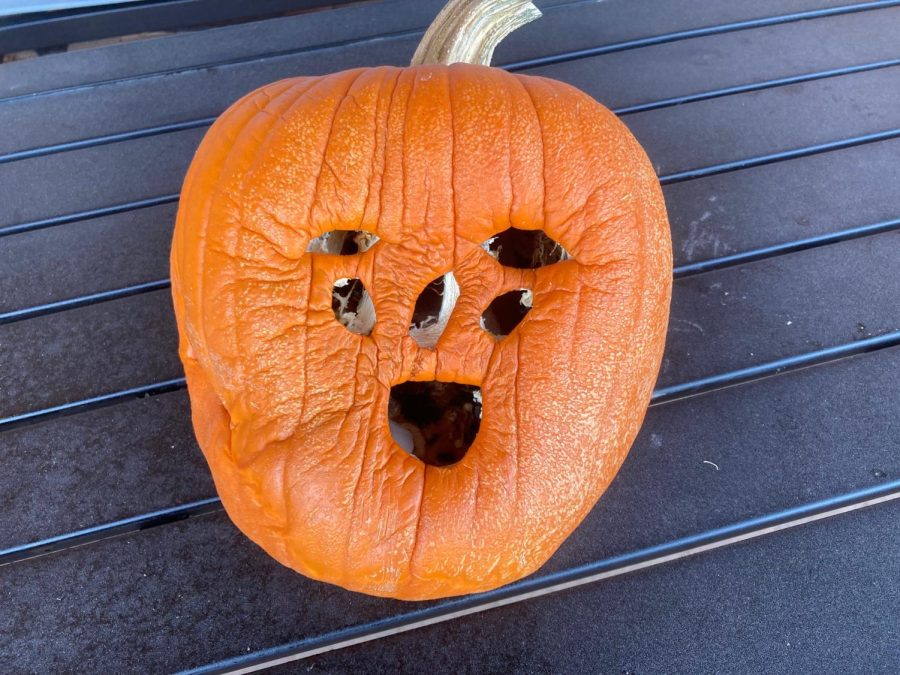Pumpkin Pollution: Scarier Than Halloween
November 9, 2022
Pumpkin pollution is occurring because people throw out pumpkins after they carve them for Halloween, or after having them as a house decoration for a month or so during the fall season.
After being carved, a pumpkin can only last approximately five days, wasting millions of pounds of produce each year.
The tradition of pumpkin carving dates back to the 1800s, when people from Ireland and England came to the Americas, bringing their tradition of carving turnips, but instead they started carving pumpkins because they were native to the region. It is believed that the faces would frighten wandering souls, or jacks.
So is pumpkin carving leaving mass amounts of wasted produce?
Yes, according to National Geographic, one billion pounds of pumpkin produce is grown each year, and after people are done with their seasonal decorations, this leaves millions of pounds of produce left to waste in landfills.
When pumpkins rot, they produce methane, which is a greenhouse gas that is 25 percent more potent than carbon dioxide, which is extremely harmful to the environment and contributes to climate change.


